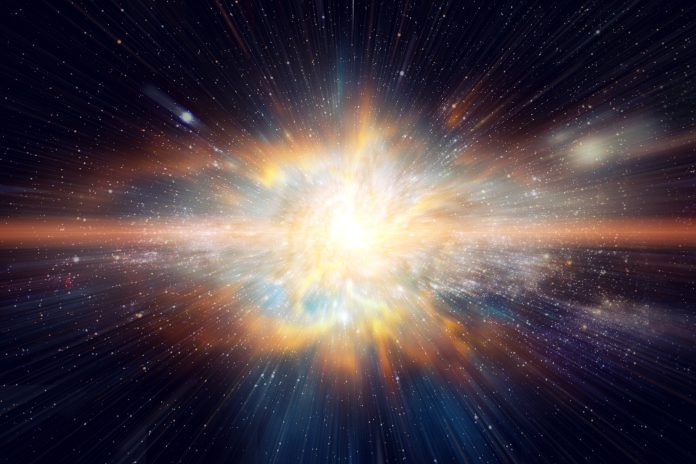NASA’s Hubble Space Telescope has captured a stunning image featuring the galaxy LEDA 857074, located in the constellation Eridanus
What makes this image truly special is the bright beacon of light on the galaxy’s right side, supernova SN 2022ADQZ, marking the explosive end of a massive star’s life.
The Hubble Space Telescope, renowned for its unparalleled clarity and precision, captured this image after astronomers detected the supernova in late 2022 through an automated survey.
This discovery prompted further observation of the galaxy in early 2023, revealing details that would otherwise be invisible to ground-based telescopes.
The birth of a supernova
Supernovae, such as SN 2022ADQZ, occur through various pathways in stellar evolution. One common scenario involves the death of a supermassive star. As these stars deplete their hydrogen fuel, they undergo fusion processes that gradually produce heavier elements.
Eventually, the star’s core collapses under its gravity, triggering a cataclysmic explosion that ejects the outer layers into space. Depending on the star’s mass, this collapse can result in the formation of a neutron star or even a black hole.
NASA’s Hubble Telescope’s role
The Hubble’s exceptional resolution enables astronomers to distinguish the supernova’s brilliant light from the glow of its host galaxy. This capability is crucial as it allows for precise measurements and detailed studies of the supernova’s characteristics. These observations provide valuable insights into the physics of supernovae and the environments in which they occur, shedding light on the complex dynamics of cosmic phenomena.
Astronomers detect thousands of supernovae each year across the expanse of the universe. However, the opportunity to witness one within a specific galaxy, among the millions catalogued, is extremely rare. Thanks to the keen eyes of astronomers and the Hubble Space Telescope’s advanced optics, LEDA 857074 now joins the illustrious league of celestial objects imaged in detail by this remarkable instrument.
Discoveries like this continue to inspire wonder and ignite curiosity, driving astronomers to explore further and unravel the secrets of the universe’s most captivating phenomena.











